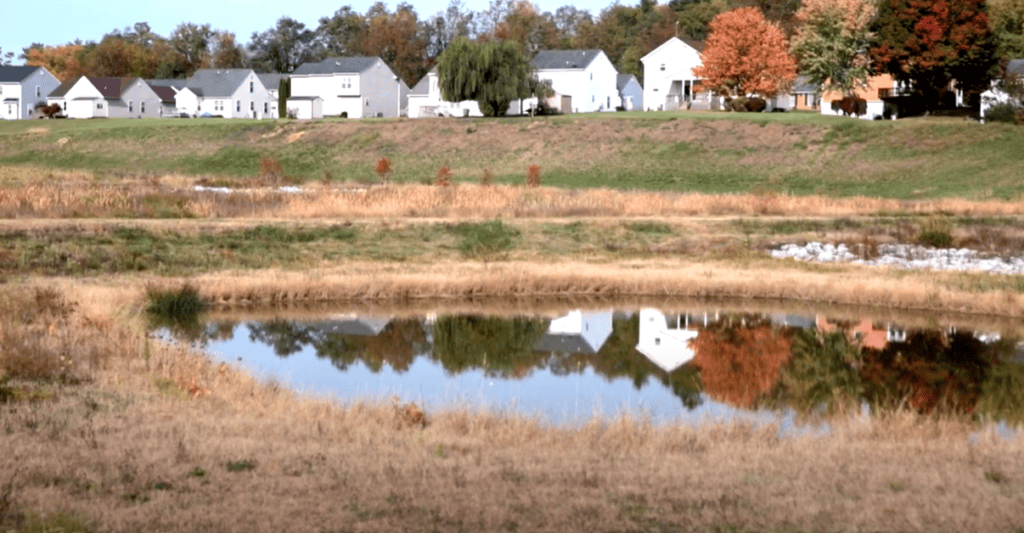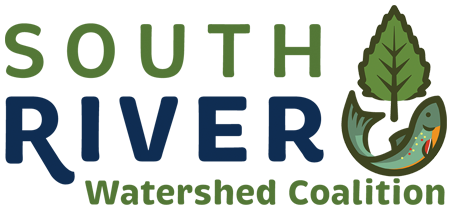It wasn’t until the 1960s that Virginia started trying to manage the flow of stormwater to prevent flooding. The goal back then was to quickly and efficiently get the water to flow away from homes and businesses. Cement drains directed water to drainage ditches and into low-lying streams and basins. The result was unsightly, overgrown ditches behind buildings and unfiltered runoff flowing into bigger water sources, impacting the water in our rivers, lakes, and bays.
Fifty years later, the philosophy and approach has changed. As a local example, in 2016 the City of Waynesboro constructed a 10-acre wetland that directs runoff to drain downhill into designated wetland pools. The wetlands circulate the water, removing sediment and absorbing pollution before the water goes into the South River and eventually to the Chesapeake Bay. In the past five years, the wetlands (now called Mulberry Run Wetlands) have matured into a peaceful wildlife haven. While humans and animals enjoy the tranquil view, the scattered pools and ponds work naturally to remove 300 pounds of phosphorus and 1,700 pounds of nitrogen per year. When you visit, read all about it on the nearby sign. For details, watch this short video.


